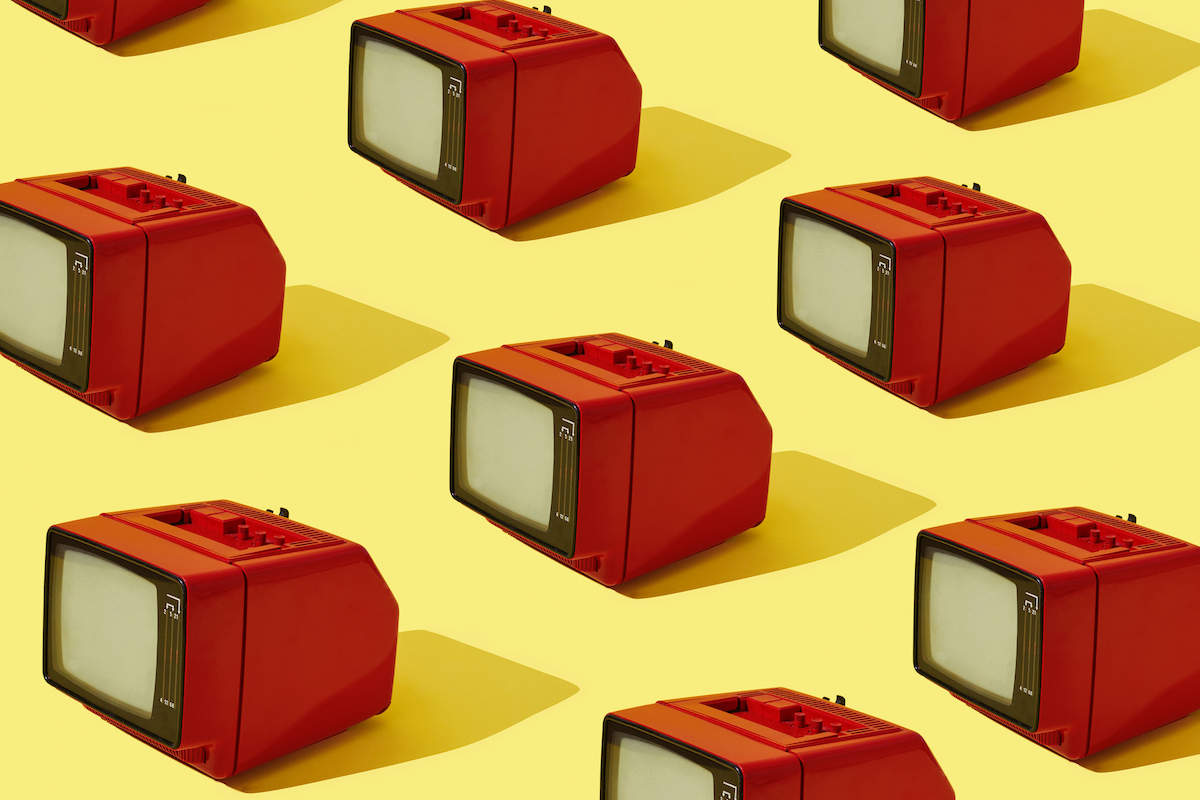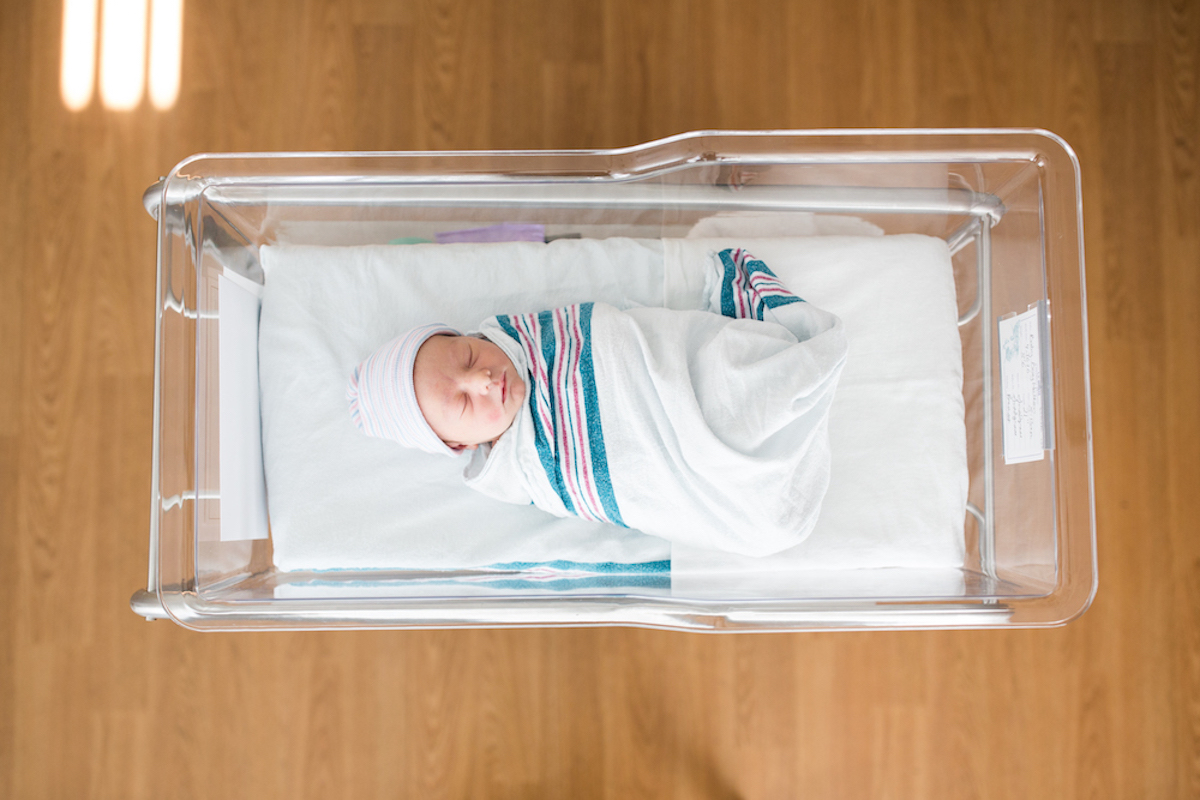Many months ago, I promised a newsletter on white noise machines. It has arrived!
When Penelope was born, we had a night nanny for several nights shortly after we got home from the hospital. This nanny enriched our lives by arriving and immediately insisting we were undercapitalized. The two things we needed — we must have — were Miracle Blankets and a white noise machine. Befitting the sleep deprivation of first-time parents, we blindly ordered several of each. Unlike many of the late-night Amazon purchases we made at this time (I’m looking at you, My Brest Friend pillow with cup holder), these were definitely not a waste. The Miracle Blankets survived through Finn, and the white noise machine became something we couldn’t live without, as we trucked it along everywhere we went.
(When I think about it now, I actually wonder if that was necessary. We were so obsessed with sleep and hanging on to what worked that I’m not sure we ever even tried going without it. A lost opportunity for self-experimentation…)
The supposed benefit of white noise is better sleep for infants. This is the idea behind the “shush” in Harvey Karp’s 5-S sleep solution, and it’s the reason the SNOO bassinet (which I wrote about here) has an automatic white noise feature. However: there is a flip-side concern, which is that white noise might damage infant hearing. This is especially the case because it often seems to work best when it’s quite loud.
So the questions about white noise are simple and two-fold. First: Does it help babies sleep? And second, does it damage their hearing?
Does white noise help sleep?
The data is limited but suggests yes. One randomized trial (run in the 1980s!) of 40 babies between two and seven days old looked at whether the babies were more likely to fall asleep when exposed to a white noise machine. (It will be useful to know later, so I’ll note that the noise was about 70 decibels.) Among the 20 babies exposed to white noise, 80% of them fell asleep; among the 20 not exposed, it was only 25%. When the researchers turned on the white noise for the control group, 70% of the non-sleeping babies then fell asleep. This trial was small, of course, but those effects are very big.
A more recent trial, also of 40 babies, compared white noise with swinging in an effort to soothe colicky babies. The white noise significantly outperformed the swinging.
There are other, little, studies like this one of four (!) one-year-olds whose sleep improved when white noise (at 75 decibels) was introduced. White noise also has support as a sleep aid for adults and for older children with sleep issues.
Bottom line: there is a lot of reason to think white noise would help babies sleep.
Does white noise damage hearing?
Let’s start with the question of whether noise can damage hearing in general. The answer is yes. Occupational safety guidelines from OSHA require employers to institute safety measures if noise exposure is greater than 85 decibels for eight hours. How loud is that? I found this chart helpful. 85 decibels is like a noisy restaurant; a vacuum is quieter. Stock car racing is very loud (seriously, I once went, and it’s insane). There’s probably a time to discuss the question of where the 85-decibel restriction comes from, but let’s stipulate for now that this is the level of concern.
Given this restriction, there was some alarm when a study came out in 2014 (check it out here) that evaluated a number of infant white noise machines and concluded that they might be too loud.
What the researchers actually did was take 14 baby-sleep white noise machines and evaluate the level of noise they produced when placed very close (in the crib) or more distant (the equivalent of next to the crib or across the room). They then measured the noise level produced by the machines on maximum volume. I thought their graphs were nice, so I put them below.
When the white noise machines were placed in the crib, the noise level for many of them was high — above 85 decibels. For two of the machines, the noise level exceeded that even with nearby placement. The across-the-room placement was quieter.
What the researchers conclude is that if you owned the loudest of these machines and they were right near the baby and were on at the maximum volume for eight hours a night, it would exceed safe noise exposure limits.
It is important to say that this paper did not look at hearing loss (or even include any babies at all) and we do not have, say, papers comparing hearing levels of babies with and without white noise exposure. The concern arises from the combination of these noise levels and what we know from other information (i.e. the information OSHA relies on to draw up its guidelines).
What should I do?
This is a case where I have an answer!
If we look at the studies showing that white noise improves sleep, they are operating the noise at a decibel level of 70 to 75, which is below the levels of concern. In addition, these studies tend to focus on the value of noise in falling asleep. Given this, a first step is to try to generate a level of 70 to 75 decibels for the white noise you use. If you are still concerned that it’s too high, the second step would be to turn it down once the baby is asleep.
The only question, then, is how you would know the decibel level of the machine. Obviously, there’s an app for that, which uses your phone to measure decibel levels. You can load it up, put it in the crib (not with your baby!) and see what decibel level you’re getting with various settings on the white noise. You can titrate until you get it right. And if you want to err on the conservative side, you can do that too.
I was so excited to discover the app that I went up to the storage closet in our attic to test our white noise machine, to see if we messed up. I was sad to learn that my husband had given away our entire collection of white noise machines in some kind of epic post-toddler purge. I did record myself walking around the house for a while (30 to 50 dB), some violin-playing (64.5 dB), and my kid yelling (one hundred million dB).
There you have it. You can put this into action today! Enjoy recording the noise level of your life.

















